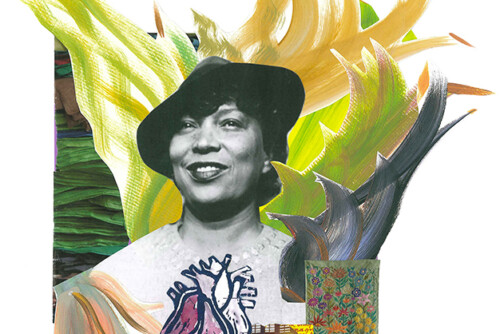The film reminds me of the Caribbean informants in the ethnographies of Denise Brennan and Mark Padilla who focused on the workings of tourism and sex work in the Dominican Republic. These ethnographies showcase the conflicting and contradictory aspects of gender and labor particularly in the performance of labor, gender roles, and feelings. Although not necessarily about domestic care work, the sex workers in these ethnographies refuse to bracket emotions from the labor of “prostitution.” The ethnographies illustrate how in many ways sex work is a kind of care work, where the flow of affect explicitly dislodges the domestic from its moorings within familial and reproductive imperatives. In What’s Love Got to Do with It?, Denise Brennan describes how Dominican women catering to the desires of Western men “perform” love and navigate the rather murky waters of money, emotions and pleasure. These narratives suggest other ways of emotional “directionality” that depart from normative ones, which often hinge on pure hence authentic expressions of love and care.
My own experiences in AIDS prevention education in the nineties extend these important ethnographic illustrations. As a person in charge of education programs for Asian Americans in New York City, I supervised an outreach program for Asian domestic workers. One day, one of the outreach workers, herself a domestic worker for a wealthy Upper East Side family, told me that she was going to a nightclub in the Lower East Side of Manhattan to have friendly information “chats” with other Filipino and South Asian domestics. I asked her why she would need to go to a club, when these women were married mothers in their respective homelands, and I argued that parks, churches, ethnic stores and community centers were the typical outreach sites for this population. She looked at me and a bit patronizingly said, “Martin, some of us may be married and have children, but we have other lives to lead.”
She told me that the domestics she worked with are people who too have their own search for pleasure and fulfillment beyond the confines of the nursery, kitchen and the marital bedroom. Some of the female domestics found solace with other women, while others found it with foreign men. At the same time, it was not just about sex or companionship, as some women found self-fulfillment in religion and civic work. The outreach worker emphasized that the lives of Filipina domestics in New York City are more complicated that being purveyors of a particular form of “care” or laborers of “home-based” emotions, or that they are constantly providing “authentic,” “true” or “heartfelt” care.
Here, we again encounter the rather messy issue of dissimulation and authenticity that is often read into people who fall outside the normative conceptions of maternal care. These New York City domestics are very much like Jan and other members of the Paper Dolls troupe and the Dominican sex workers who seemed to feign interest, desire and even love. Being ungrounded in normative domesticities, these subjects provide important lessons in the complicated and muddled arenas of how subjects labor with, for, and beyond desire, care, pleasure and money. My personal New York City vignette together with the film and the ethnographies disentangle the facile pairing of biology and affect by going against the assertion that married and (assumed) heterosexual migrant women with children are the only possible and logical links in this global “chain of care.”
These works question the basic assumption of this framework that privileges heteronormative subjects, such as married women with children and families, while at the same time builds on a Western model of “heterosexuality” as a monolithic and universal assemblage of meanings and feelings. These alternative narratives also complicate the ideas of care work and of the domestic by preventing us from falling into the violent trap of regarding married and reproductively active women as natural nurturers.



